Earth Continents Down To Six After New Study
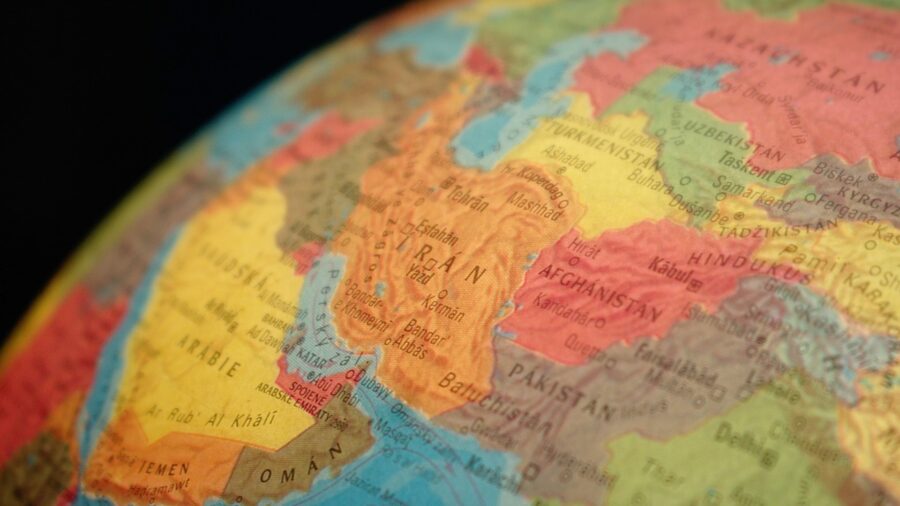
Most people keenly remember the controversy when scientists determined that Pluto was not a planet, something that flew in the face of what we learned back in school. While it was annoying to have such a fundamental bit of our common knowledge proven wrong, we could take comfort from the fact that knowledge of our own planet was far more reliable. That may not be the case, though: according to a radical new study, Earth only has six continents rather than seven, with Europe and North America being considered one continent.
What We Thought
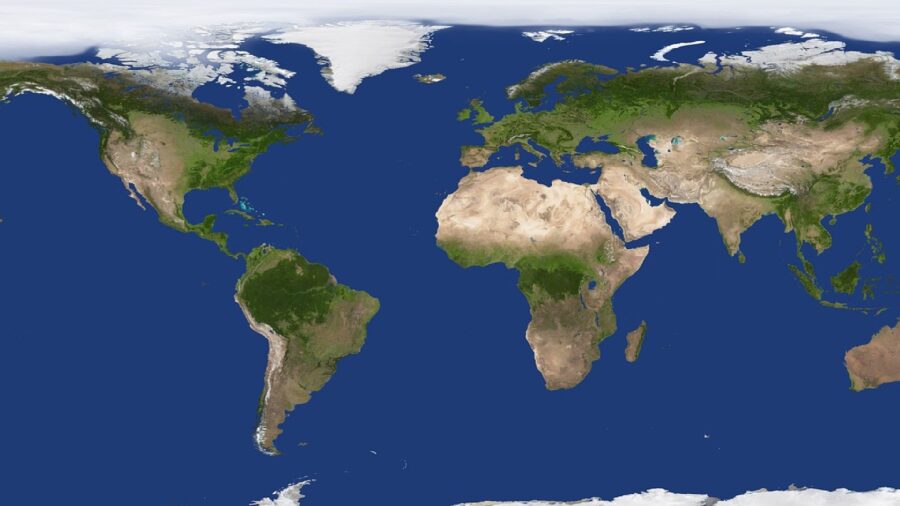
Now, just in case you need a geography refresher, Earth has historically been thought to have seven continents. Those continents are as follows: Africa, Antarctica, Asia, Australia, Europe, North America, and South America. However, a new study is claiming that we only have six continents because North America and Europe are technically only one continent.
Europe And North America Share Tectonic Plates
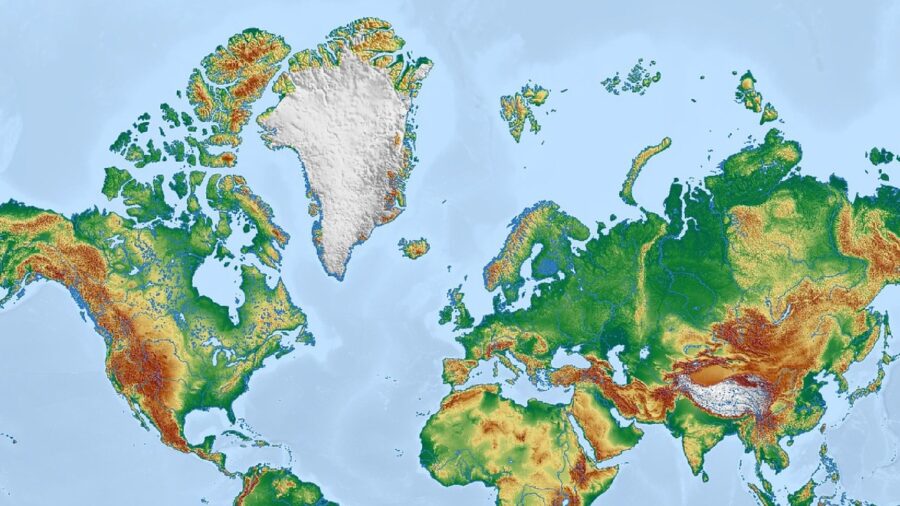
Considering how far apart they are on the Earth, just how the heck could the continents of North America and Europe be linked together? According to Dr. Jordan Phethean, lead author of a new paper published in Gondwana Research, “the North America and Eurasian tectonic plates have not yet actually broken apart, as is traditionally thought to have happened 52 million years ago.”
What this means is that even though a large chunk of Earth seemingly separates these continents, North America and Europe still share tectonic plates.
Those plates are simply stretched far apart and will continue to stretch long before they break. For this reason, Phethean and his fellow authors believe it is fair to say that North America and Europe are still one big continent.
Greenland And Iceland
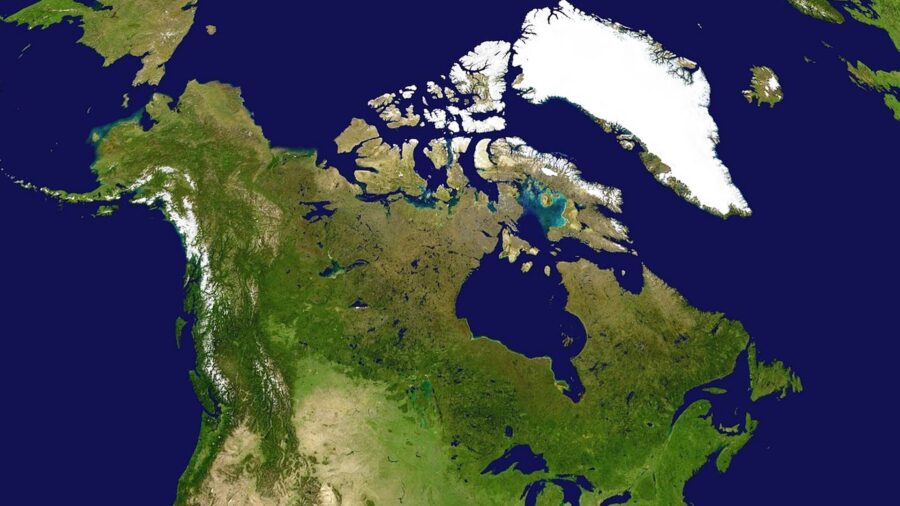
This fascinating theory about Earth’s continents began with the team’s study of Iceland. The scientific consensus is that this volcanic island was formed when hot mantle was released 60 million years ago due to the tectonic boundary of North America and Eurasia.
Now, Phethean’s team believes that Iceland and the Greenland Iceland Faroes Ridge (GIFR) still have geological fragments belonging to the European and North American plates.
The Discovery
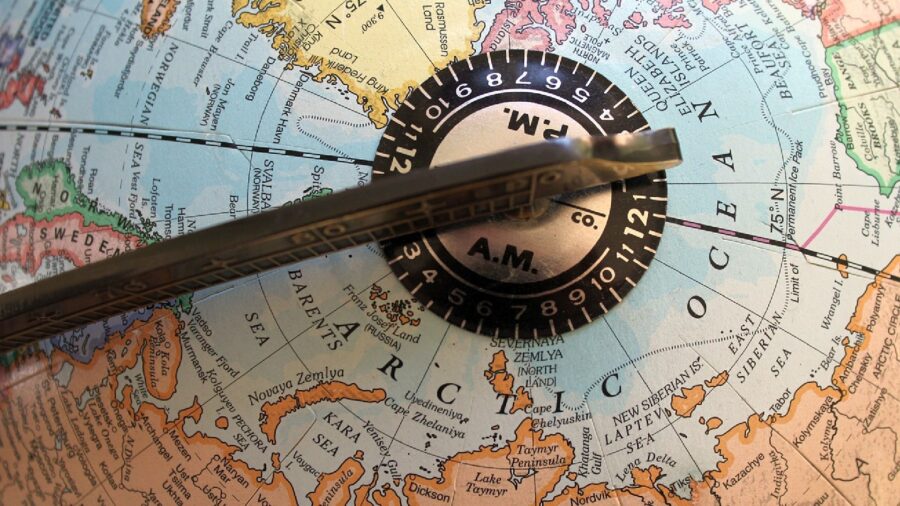
The theory holds that these areas could be connected as a continental structure, as opposed to being completely different land masses. Obviously, Phethean and his team are excited about the discovery, and they coined the term Rifted Oceanic Magmatic Plateau (ROMP) to describe such a geological feature.
However, he is also aware that these findings are going to ruffle some feathers in the scientific community.
“It is controversial to suggest that the GIFR contains a large amount of continental crust within it and that the European and North American tectonic plates have perhaps not yet officially broken up,” he said.
But the researcher was emphatic about how thorough and meticulous his team’s work has been. Furthermore, he insists that their theory about Earth’s continents is supported by their research findings.
Looking To The Future
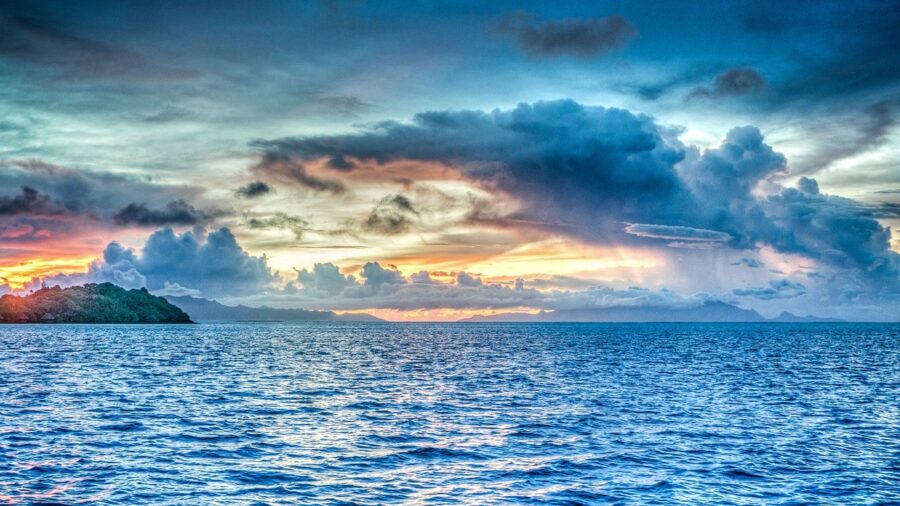
As big dorks, it’s tough for us to look at Phethean’s work and not compare it to Star Trek: after all, this research requires exploring “boldly go” into a journey of exploration. Given the scientist’s previous discovery of a secret proto-microcontinent nestled between Greenland and Canada, no “strange new worlds” could ever compare to our own planet’s mysteries.
Fortunately, there will always be pioneering scientists like these to help us see the world with new eyes, one tectonic plate at a time.
Source: Gondwana Research












